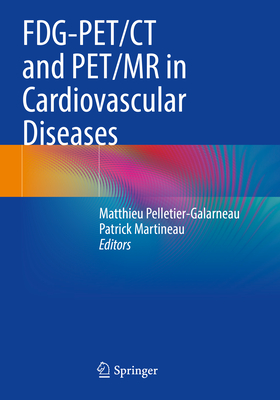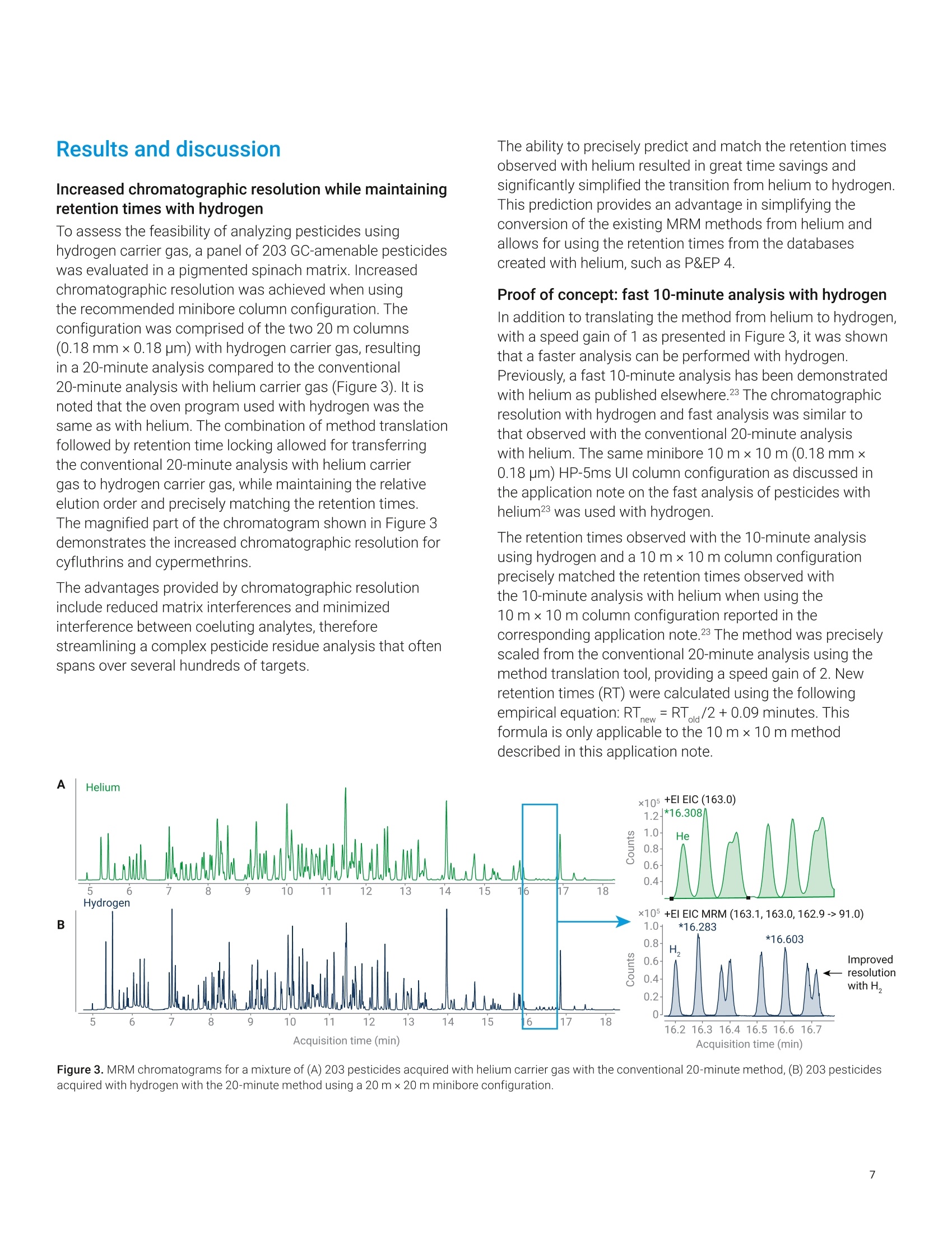Understanding the Importance of FDG PET Scan in Cancer Diagnosis and Treatment
#### What is FDG PET Scan?The **FDG PET scan**, or **Fluorodeoxyglucose Positron Emission Tomography**, is a cutting-edge imaging technique widely used in t……
#### What is FDG PET Scan?
The **FDG PET scan**, or **Fluorodeoxyglucose Positron Emission Tomography**, is a cutting-edge imaging technique widely used in the medical field, particularly in oncology. This diagnostic tool allows healthcare providers to visualize metabolic processes in the body, making it invaluable for detecting cancerous tissues.
#### How FDG PET Scan Works
The FDG PET scan involves the injection of a radioactive glucose analog, fluorodeoxyglucose (FDG), into the patient's bloodstream. Cancer cells typically have a higher metabolic rate than normal cells, which means they absorb more FDG. When the FDG accumulates in the cancerous tissues, it emits positrons, which are detected by the PET scanner to create detailed images of the body's internal structures.
#### Applications in Cancer Diagnosis

One of the primary applications of the FDG PET scan is in the diagnosis of various types of cancer, including lymphoma, lung cancer, and breast cancer. It helps in not only identifying the presence of tumors but also in determining their size and location. This information is crucial for staging cancer, which in turn influences treatment decisions.
#### Monitoring Treatment Response
In addition to diagnosis, the FDG PET scan is also instrumental in monitoring the effectiveness of cancer treatments. By comparing PET scans taken before and after treatment, physicians can assess how well a patient is responding to chemotherapy or radiation therapy. This capability allows for timely adjustments to treatment plans, ultimately improving patient outcomes.
#### Advantages of FDG PET Scan

The FDG PET scan offers several advantages over traditional imaging techniques. Firstly, it provides functional information about the tissues, as opposed to just structural details. This functional insight is particularly useful in distinguishing between benign and malignant lesions. Secondly, the scan is relatively quick, usually taking about 30 to 60 minutes, making it a convenient option for patients.
#### Limitations and Considerations
Despite its many benefits, the FDG PET scan is not without limitations. Certain factors, such as recent infections or inflammation, can lead to false positives, where benign conditions are mistakenly identified as cancer. Additionally, the use of radioactive materials requires careful consideration, especially in pregnant women or individuals with certain health conditions.
#### Conclusion

In summary, the **FDG PET scan** is a powerful tool in the fight against cancer, providing critical insights that aid in diagnosis, treatment planning, and monitoring. As technology advances, the role of FDG PET scans in personalized medicine is expected to grow, paving the way for more effective and tailored treatment strategies for cancer patients. Understanding this imaging technique is essential for both healthcare professionals and patients alike, as it plays a pivotal role in modern oncology.